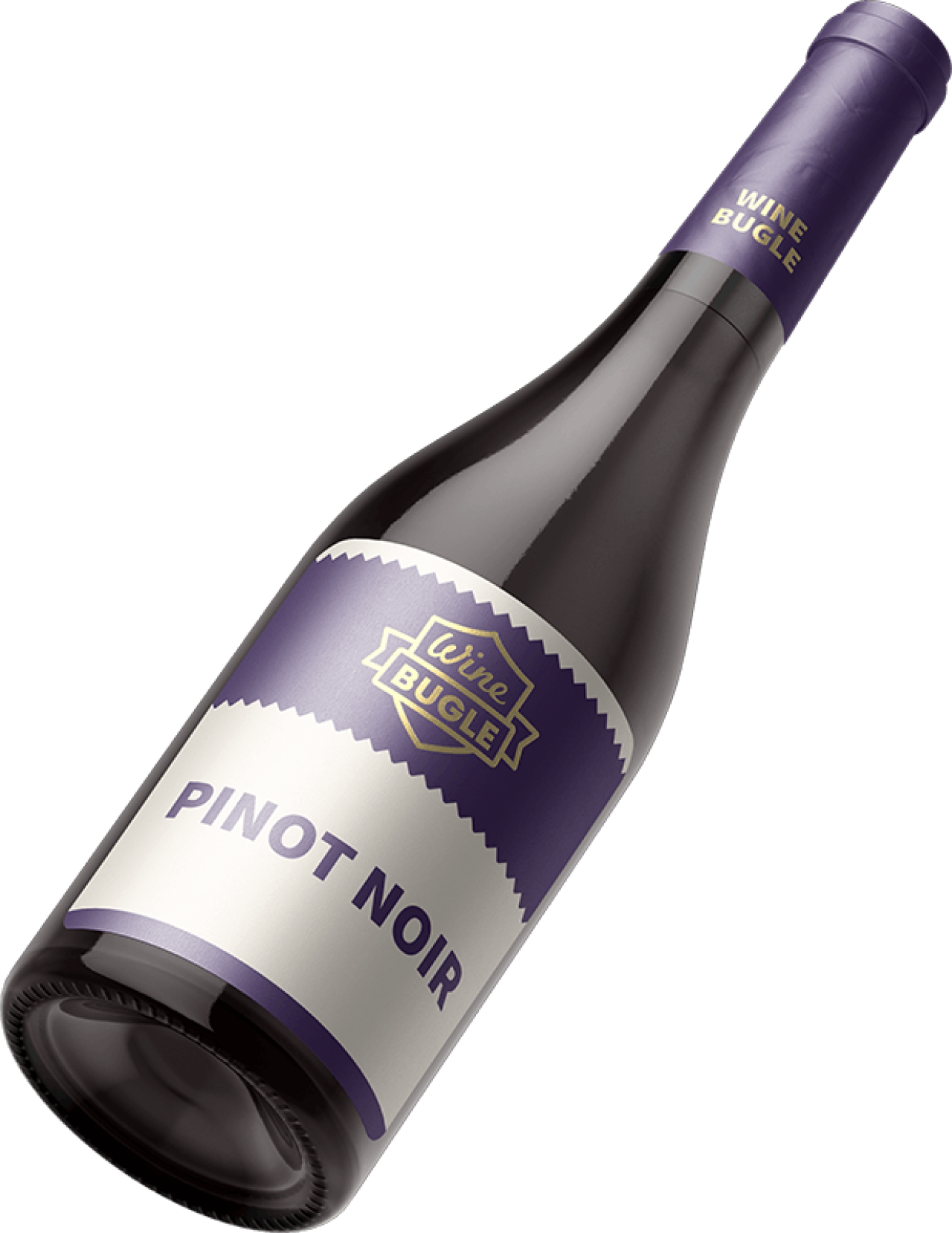Origins of Pinot Noir
Pinot Noir is a red grape variety with a very long history, and it is considered the father of a multitude of varieties such as Chardonnay, Aligoté, or Gamay.
Specialists agree to recognize it in a description made by the agronomist Columelle in the first century of our era. This means that when Gaul was conquered by the Romans, Pinot Noir was already grown there. The first written mentions of the grape variety, under the name of Pinot Noir or Plant Fin, date from 1375. It is generally considered from Burgundy, a region that has remained his true homeland.
Its bunch looks like a pine cone, which is why it's called Pinot.
It is vinified alone or in blend, and it produces the broadest range of wine: white, rosé and red, sparkling and still.
Where it is grown
Pinot Noir is a demanding grape variety that loves the continental climate and clayey-limestone soils.
Thus, it flourishes in Burgundy, where it gives life to some of France's most outstanding red wines, thanks to a local climate that allows a slow maturation of the grapes, the development of its aromatic richness, and the refinement of tannins.
It is widely grown in Champagne, where it is vinified in white (without skin contact) or in rosé (with a short maceration of a few hours on the skins) to make the base wine for the most famous sparkling wines of the world.
In Europe, Pinot Noir thrives in the Italian region of South Tyrol, Germany and Austria.
Another area of production of great interest is New Zealand, with Central Otago and Marlborough as the main areas.
In the United States, Pinot Noir has found a home in the two most exclusive areas: Napa and Sonoma, especially in the Russian River and Carneros.
Flavor and style
Pinot Noir offers a varied palette of aromas and expressions depending on the terroir of origin. It can produce dense and fleshy wines or, on the contrary, light and very delicate ones.
Its color is a lively and brilliant ruby, intense in its youth. It will become increasingly pale over time and will acquire garnet hues. On the nose, Pinot Noir offers a diversity of aromas ranging from fresh red fruits (blackcurrant, cherry, etc.) to spicy notes (pepper, cinnamon, etc.) in its first years. Over time, the fresh fruit will become candied (jam, kirsch, etc.), and the wine will develop exquisite aromas of undergrowth, accompanied by more animal notes.
Pinot Noir produces rather round wines on the palate, with assertive but delicate tannins, which will soften over time. Depending on the vintage, the acidity will be more or less marked.
The best wines, like those coming from the Cote d’Or in Burgundy, show impressive aging potential.
Pinot Noir food pairings
Pinot Noir is perfect for pairing with mushrooms, risotto with truffles, spaghetti carbonara, chicken marsala, lamb and spicy dishes such as chicken curry, starting from Indian to Chinese cuisine. Pinot Noir is also one of the best red wines for fish and poultry, especially when roasted.
In our dedicated guide you can find out all about Pinot Noir food pairing.
Comparison with other grapes
You can find out how Pinot Noir compares to Merlot and Cabernet Sauvignon in our dedicated articles.
